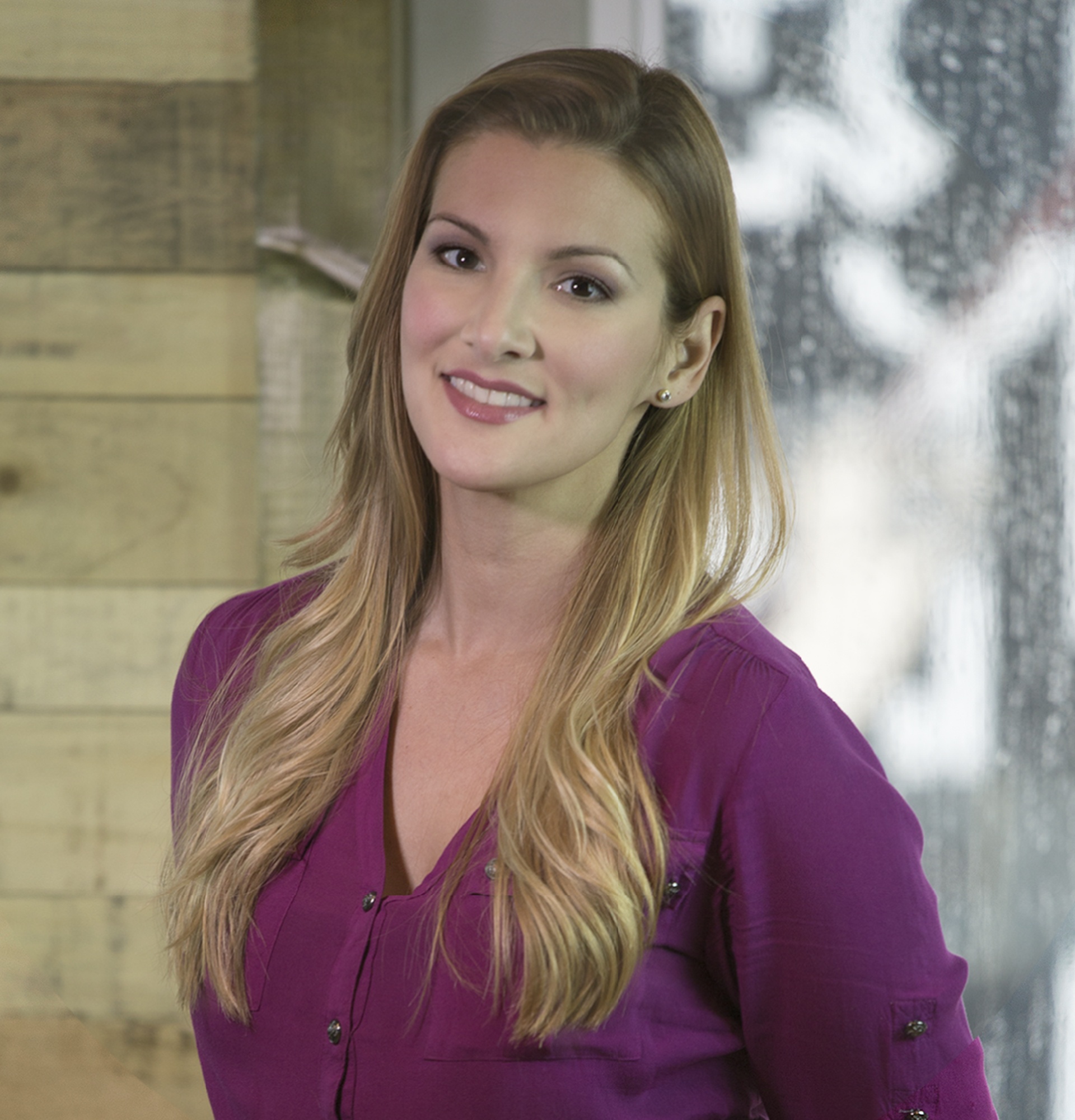Homeowners are looking for more eco-friendly and sustainable products these days. By explaining how your products are energy efficient and support the green movement, you can set yourself apart from your competitors.
A 2021 study by the National Association of Realtors makes it clear. Realtors report that more than half of homebuyers are now interested in sustainability and a third reported buying or selling a home with green features in the past year. Not only can today’s high-efficiency products help reduce energy consumption, but they can also increase a home’s value.
Here are other key findings:
- Promoting energy-efficient products when selling their home made a difference in price and time on the market
- Homes with solar panels increased property value
- High-performance homes (efficient, resilient, sustainable) attracted higher home prices
What did homeowners say are the most important eco-features?
- Energy-efficient windows, doors, and siding
- Reducing utility bills and operational costs
- Energy-efficient lighting
- Smart/connected homes
- Green spaces
- Landscaping that conserves water
- Renewable energy systems, such as solar and geothermal
Promoting energy efficiency, sustainable energy, sustainable manufacturers processes, and the eco-friendly attributes of your products or services can make an impact on homeowners. Marketing your environmental awareness can not only increase sales but can also increase margins.
Brands promoting sustainability in their marketing or promotion saw prices increases by 2-5% compared to a 1% price increase for those that did not promote sustainability.
So, how do you leverage consumer awareness and appreciation for eco-friendly products and services? Here are a few tips.
1) Beware of Industry Jargon
Avoid industry jargon and buzzwords. For example, you may know what a high-performance home is, but only 14% of consumers do. Stick to the language consumers know and see as favorable, such as energy-efficient and green practices. While they may not know the details of a carbon footprint, they know they should reduce theirs. Many of your products and services can do these things.
Avoid terms such as:
- Energy productivity
- Whole-house health protection systems
- Net-zero home
- Dual-flush toilets
- High-performance home
While these are all solid products and aspirations, most consumers have no idea what they mean. Talk to them in terms they can understand.
2) Talk Value
For years, supporting the environmental movement evoked images of sacrifices, such as taking fewer showers, or keeping the temps high in the summer and low in the winter to practice energy conservation. That’s no longer the case.
Today’s energy-efficient products can keep you comfortable year-round while still using less energy and saving you money. On-demand water heaters can produce energy savings because it takes less energy to heat. Low-flow toilets can reduce water usage. High-efficiency washers use less environmentally harmful detergent products.
It makes it easy for you to talk value, a better quality of life, and environmental friendliness — without making sacrifices.
3) Make It Real
A lot of environmentalists talk in platitudes about the need to save the planet or stop climate change. What you need to do is make it real by demonstrating the tangible benefits. For example, focusing on how reducing your energy usage helps support eco-friendliness while saving you money.
Let’s say a couple is looking at replacements for a heating and cooling system for their home. One spouse is gung-ho about green features and reducing their carbon footprint. Maybe their partner couldn’t care less. You’ll know what they’ll both agree on? Saving money. Explain that an ENERGY STAR certified HVAC unit uses less energy which can save them as much as $500 a year.
You can also talk about how smart thermostats or zoning home areas can help reduce energy consumption and costs. Maybe even if mini-split if it makes sense.
Window and door companies can talk about options beyond double pane or triple glazing. Solar control glass helps reduce heat loss. Low E glass reduces the rate of heat absorption to better regulate indoor temperatures. Low iron glass can draw more heat into your home. Composite frames also offer high energy efficiency.
A roofer can show the impact of energy-efficient roofing and today’s lineup of eco-friendly roofing materials.
All of these save energy and reduce energy bills.
An energy audit for homes or commercial buildings can also help uncover other places where consumers or businesses can benefit from energy efficiency. Comparing what consumers and businesses have now with the newer, more efficient products on the market today can be a great way to make it real to them.
4) Ask Your Suppliers for Information
Product manufacturers see the trends by consumers, too. Most of the major brand lines have adopted at least some sustainable practices during their manufacturing process. Many are using their commitment to the environment as a marketing tool for their brand. Ask suppliers to get you information on their manufacturing process so you’re armed with information for your customers.
For example, home service companies, such as cleaning companies or carpet cleaners may be able to talk about how the products they use for cleaning are being manufactured differently to avoid environmentally harmful chemicals and reduce volatile organic compounds (VOCs) that are released when in use. If you’ve switched to using all-natural cleaning products, it can also be a selling point.
Overall, Be Better Informed to Meet Customer Demands
Even if people aren’t excited about buying green products, nobody wants to harm the environment. When consumers are comparing similar products, green features may give you the edge.
By arming your sales team with better information about what consumers want to know — and training them on the right way to talk about environmentally-friendly options — you can meet customer demand and grow your sales.
Don't stop with these tips, though. Learn more about how to improve your Impact Windows Marketing this year with our free guide!







No Comments Yet
Let us know what you think